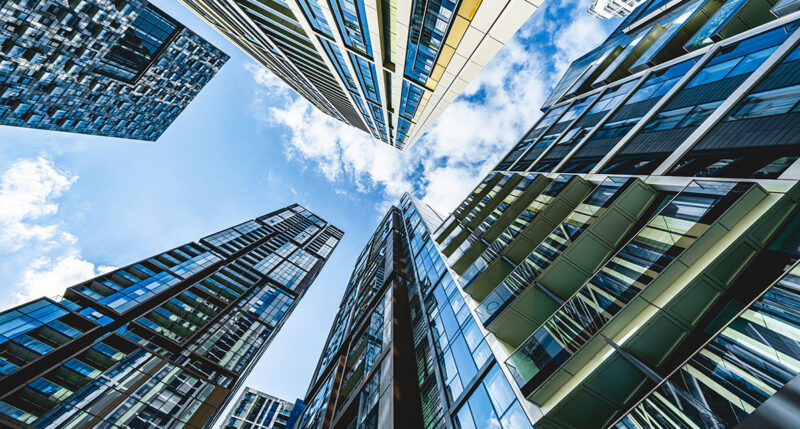
Insight
Targetfollow Team Goes the Distance at the London Marathon
2nd May 2025
21st January 2025
The way we live, work and socialise is evolving rapidly, and urban spaces must adapt to meet modern demands. Gone are the days when cities were divided into rigid zones for living, working and shopping. Instead, mixed-use developments are redefining the landscape, creating dynamic, multi-functional environments that cater to both businesses and residents alike. As a leading property investment and asset management company, Targetfollow understands the growing importance of mixed-use developments in shaping sustainable, thriving communities. But why are these developments the future of urban planning?

A mixed-use development is a carefully designed space that combines residential, commercial, office, hospitality and leisure facilities within a single location. Unlike traditional urban planning, where businesses, homes and retail spaces are separated, mixed-use environments integrate these elements seamlessly.
They can take various forms, such as:
These developments are designed to foster community interaction, economic vibrancy and convenience, making them a win-win for businesses, residents and investors.

As urban centres continue to evolve, mixed-use developments play a crucial role in the future of cities.
People today are looking for walkable, well-connected environments where they can live, work and socialise without long commutes. Mixed-use developments provide this seamless integration, allowing residents and employees to access shops, restaurants and amenities right on their doorstep.
This work-life balance is especially important in a post-pandemic world, where remote and hybrid working have changed the way we interact with urban spaces. The ability to step out of a meeting and into a café, a fitness studio or a cultural venue is becoming a key lifestyle preference.
By combining residential, office and retail spaces, mixed-use developments create economic ecosystems where businesses thrive. Independent retailers, hospitality venues, and creative industries benefit from a built-in customer base – residents and office workers who are likely to shop, dine and spend time in their immediate surroundings.
This footfall and engagement provide businesses with long-term stability, helping high streets and commercial spaces to remain vibrant and sustainable.
Sustainability is now a core focus for urban planning, and mixed-use developments contribute to lower carbon emissions and energy efficiency.
By reducing the need for car travel and encouraging walkability, cycling and public transport, these developments help cities achieve their net-zero goals. Additionally, shared infrastructure and energy-efficient building designs make them more environmentally friendly than traditional standalone properties.
For landlords and investors, mixed-use properties provide higher rental yields and long-term stability. The combination of residential, commercial and leisure spaces ensure a diversified income stream, making these developments more resilient to economic fluctuations.
As demand for urban convenience and lifestyle integration continues to grow, properties within mixed-use developments are proving to be highly desirable and financially rewarding.
One of the biggest challenges in modern urban planning is fostering a sense of community. Mixed-use spaces help solve this by providing public areas, cultural venues and green spaces that encourage interaction and engagement.
Whether it’s a communal courtyard, an arts venue, or a local market, these developments bring people together, making cities feel more connected, inclusive and enjoyable to live in.

At Targetfollow, we recognise that successful mixed-use developments go beyond bricks and mortar. They require vision, strategic planning and a commitment to enhancing the urban experience.
One of our most notable examples is The Pantiles in Tunbridge Wells, a heritage-rich mixed-use development that seamlessly blends:
By preserving its historic charm while introducing modern amenities, The Pantiles has become a thriving destination for both residents and visitors. This balance between commerce, culture and community is what makes mixed-use developments so powerful.
With growing pressure on urban spaces, sustainability and economic resilience, mixed-use developments are set to become the gold standard for city planning.
For landlords, investors, and businesses, the benefits are clear:
As urban lifestyles continue to shift, the importance of creating multi-functional spaces that offer convenience, sustainability and economic vitality cannot be overstated.
At Targetfollow, we are proud to be at the forefront of this urban evolution, delivering high-quality, community-focused developments that stand the test of time.